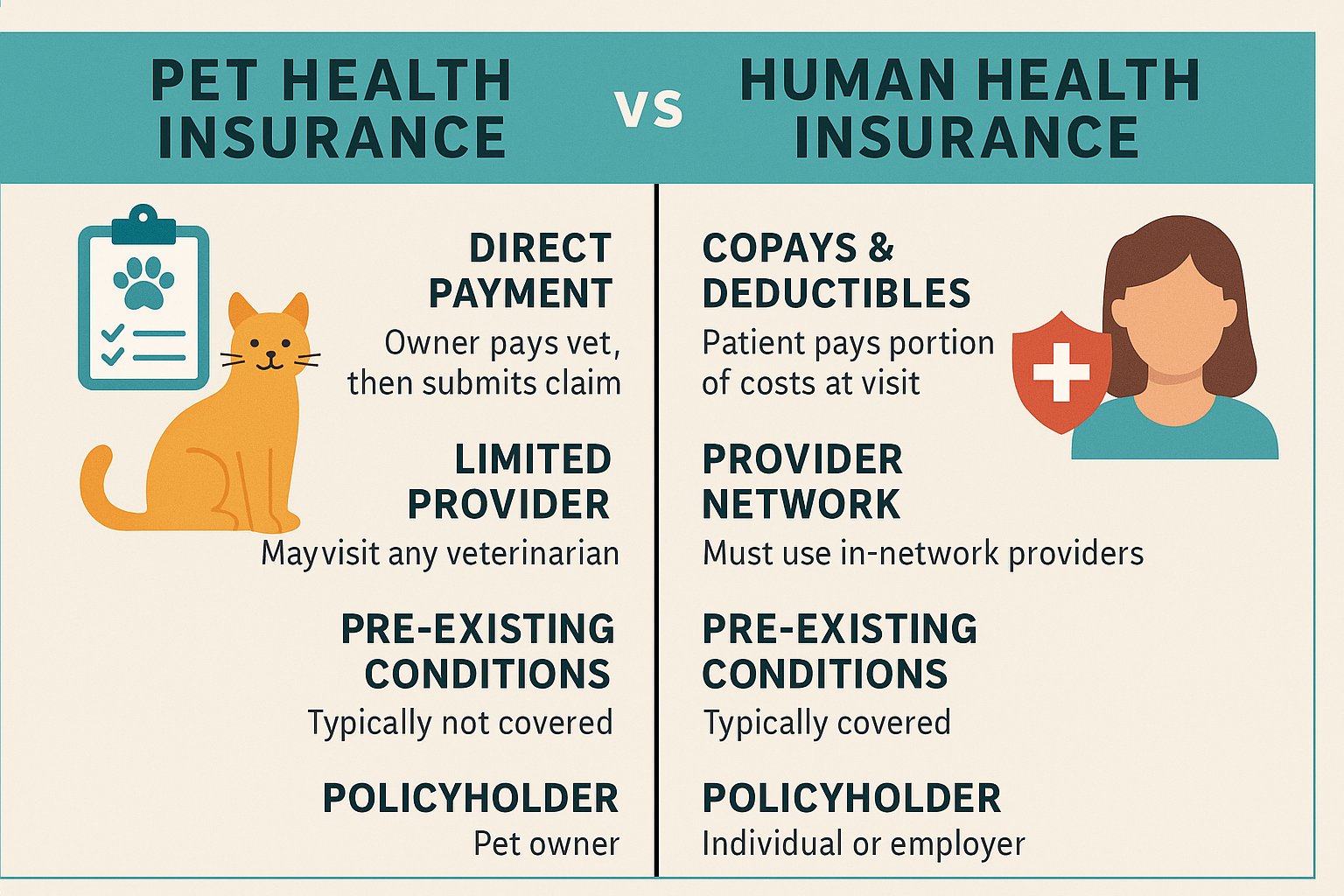
How to Choose the Right Health Insurance Plan
Choosing the right health insurance plan can feel overwhelming, especially with the variety of options available in today’s market. Whether you’re self-employed, working for a company that offers multiple plans, or shopping through a government marketplace, selecting the best health insurance plan requires careful consideration of your individual needs, financial situation, and long-term health goals. A well-chosen health plan can protect you from unexpected medical expenses and provide peace of mind, while the wrong choice can lead to excessive costs and limited access to necessary care.
The first step in choosing the right health insurance plan is to evaluate your healthcare needs. Consider how often you visit doctors, whether you require regular prescriptions, and if you have any chronic conditions that need ongoing treatment. These factors will influence the type of coverage you need. For instance, if you rarely visit the doctor and don’t have ongoing prescriptions, a high-deductible health plan (HDHP) with a lower monthly premium may be a cost-effective option. On the other hand, if you have frequent medical visits or require specialty care, a plan with a higher premium but lower out-of-pocket costs may be more suitable in the long run.
Understanding the different types of plans is also crucial. Health Maintenance Organizations (HMOs) often require members to choose a primary care physician and get referrals for specialists, but they typically offer lower premiums and a more integrated approach to care. Preferred Provider Organizations (PPOs) provide more flexibility in choosing doctors and specialists without referrals, making them ideal for those who want more freedom, although they may come with higher costs. Exclusive Provider Organizations (EPOs) and Point of Service (POS) plans each offer unique blends of these features, so it’s important to read the fine print and understand what’s covered.
When comparing plans, focus on more than just the monthly premium. Look closely at the deductible, co-pays, co-insurance, and out-of-pocket maximums. These cost-sharing elements determine how much you’ll pay when you access healthcare services. A lower premium might look attractive at first glance, but it could come with higher out-of-pocket costs that outweigh the initial savings. Review the provider network as well to ensure your preferred doctors and hospitals are included. Staying within the network can significantly reduce your medical expenses, so network compatibility is a key factor to consider.
Another essential aspect is the prescription drug coverage. Make sure the medications you currently take are included in the plan’s formulary, which is the list of covered drugs. Some plans have tiers of drug coverage that affect your costs, and understanding this can help you avoid surprises at the pharmacy. If you rely on certain medications, this should be a top priority in your selection process.
Health insurance plans often offer additional benefits like telehealth services, wellness programs, mental health support, and discounts on fitness memberships. These perks can add significant value and improve your overall health and well-being. It’s worth considering these extras when deciding between plans that might otherwise seem similar in cost and coverage.
Finally, leverage online comparison tools and marketplaces to analyze your options side by side. These platforms often allow you to input personal details to get customized recommendations based on your needs and budget. Look for plans that offer a good balance between affordability and comprehensive coverage. Don’t hesitate to reach out to licensed insurance agents or customer service representatives for clarification on any confusing terms or benefits.
Choosing the right health insurance plan is a critical decision that can have a lasting impact on your financial and physical well-being. By carefully assessing your health needs, understanding plan types, comparing costs, and reviewing provider networks, you can confidently select a plan that provides the best possible protection for you and your family. Stay informed, review your options annually, and prioritize both coverage and cost to ensure your health insurance truly works for you.



